Enasidenib Plus Azacytidine Significantly Improves CR, OR for Newly Diagnosed AML with IDH2 Mutations
By Jeff Craven /alert Contributor
August 10, 2020
Results from a phase 1/2 study of enasidenib plus azacitidine in patients with newly-diagnosed acute myeloid leukemia (ND-AML) with IDH2 mutations (mIDH2) show the combination significantly improves complete remission and objective response compared with azacitidine alone, according to recent research released as an abstract for the American Society of Clinical Oncology 2020 (ASCO20) Virtual Scientific Program.
“Combining [enasidenib plus azacitidine] resulted in significantly improved response rates and durations, and was generally well-tolerated in older patients with mIDH2 ND-AML,” Courtney D. Dinardo, MD, of The University of Texas MD Anderson Cancer Center in Houston, and colleagues wrote in their study abstract.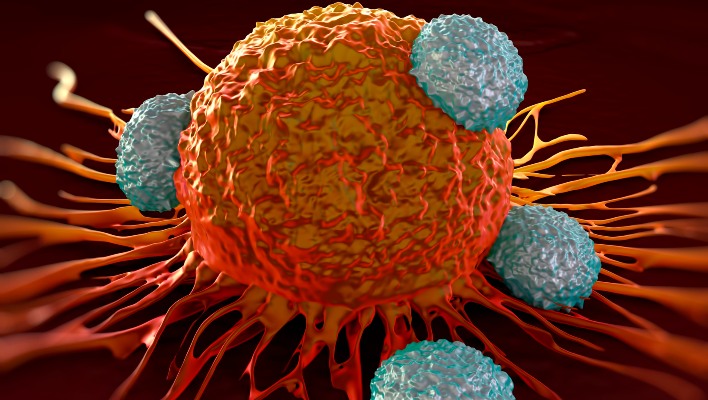
Dinardo and colleagues enrolled 134 patients with mIDH2 ND-AML in an open-label study, where they were randomized 2:1 to receive a 28-day cycle of subcutaneous azacitidine (75 mg/m2 per day), or a 28-day cycle of once-daily enasidenib (100 mg) plus the same dose of azacitidine. Patients in the study were at least 18 years old (median age, 75 years), not eligible for chemotherapy, had intermediate or poor cytogenetic risk (intermediate risk, 83% of patients), and had an Eastern Cooperative Oncology Group Performance Status (ECOG PS) of 2 or less. Investigators assess overall response rate as a primary outcome, which included complete remission, complete remission with incomplete recovery, partial remission, and morphologic leukemia-free state.
They also evaluated overall survival, event-free survival, duration of response, mIDH2 variant allele frequencies (VAF), and safety.
At the time of data cutoff, 21 patients receiving enasidenib plus azacitidine and 1 patient receiving azacitidine alone were continuing in the trial. Patients in the enasidenib plus azacitidine treatment group had a median of 10 treatment cycles compared with 6 cycles in the azacitidine group, but 7 patients in the azacitidine group (21%) had subsequent enasidenib treatment.
The objective response rate was significantly higher in the enasidenib plus azacitidine group compared with the azacitidine only group (71% vs. 42%; P < .01), with a significantly higher duration of response of 24.1 months in the combination group compared with 12.1 months in the group receiving azacitidine alone (P = .05). Complete remission was achieved in a significantly higher number of patients in the enasidenib plus azacitidine group compared with the azacitidine group (53% vs. 12%; P < .01). There was also a significant change in maximal mIDH2 VAF from baseline favoring the enasidenib plus azacitidine group (–83.4% vs. –17.7%; P < .01). Outcomes for median overall survival were 22.0 months in both groups (P = .97) and median event-free survival was 17.2 months in the combination arm compared with 10.8 months in the azacitidine arm (P = .13), but the results were not significant.
With regard to adverse events, patients receiving enasidenib plus azacitidine had higher rates of thrombocytopenia (37% vs. 19%) and neutropenia (35% vs. 22%), while the azacitidine group had higher rates of anemia (22% vs. 19%) and febrile neutropenia (16% vs. 15%), grade 3-4 infections (51% vs. 18%). Cases of IDH differentiation syndrome were exclusive to the enasidenib plus azacitidine group (18%). Patients in both the enasidenib plus azacitidine treatment group (31%) and azacitidine group (52%) cited disease progression as the most common reason for discontinuation of the trial.
There were 5 deaths (7%) in the enasidenib plus azacitidine group and 1 death in the azacitidine group (3%) within the first 60 days.

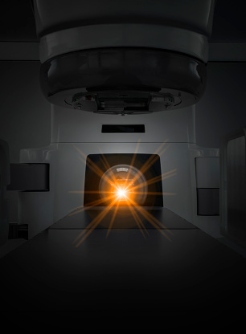
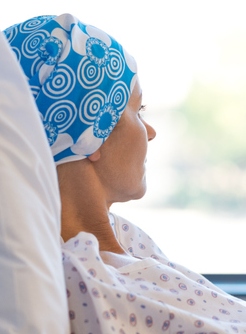
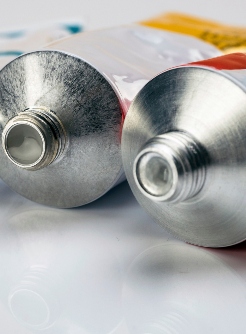
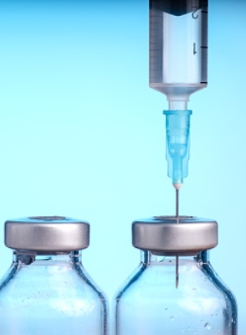


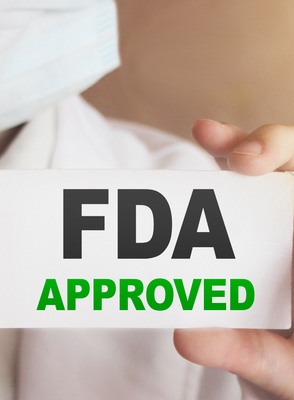
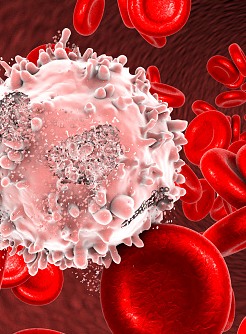
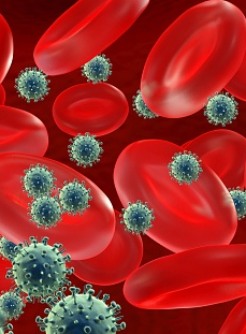


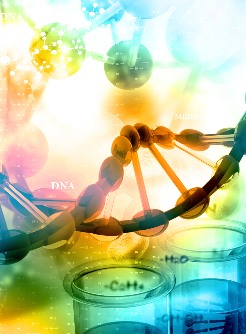
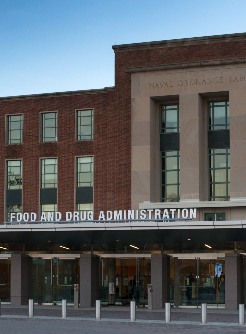

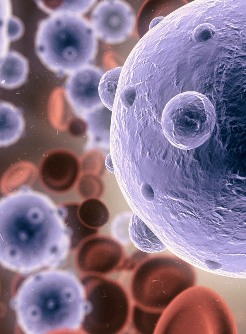
.jpg)
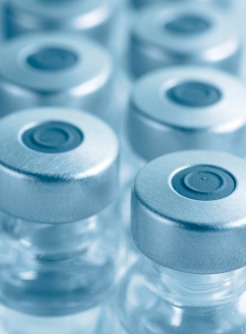


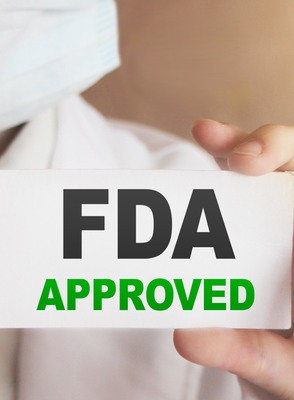
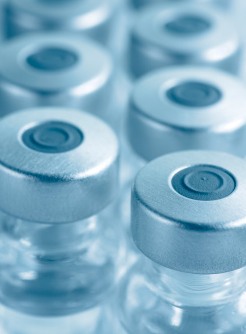
.jpg)



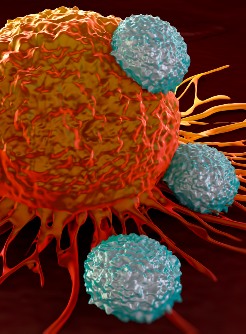


.jpg)
.jpg)
.jpg)
.jpg)
.jpg)
.jpg)
.jpg)

.jpg)
.jpg)